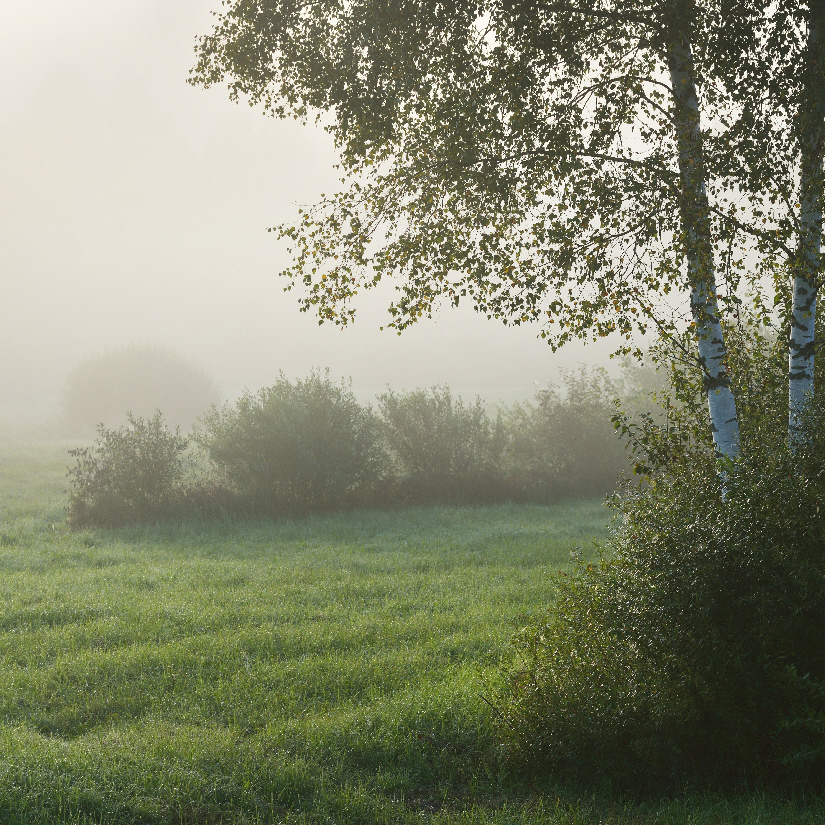
Rewilding in the UK: What is it and why is it Important?
Before the industrial revolution, much of the UK was wild and unkempt; home to many native species that have long since disappeared and many more that are now in rapid decline.
Today, the landscape of Britain looks very different. One in 10 wildlife species are at risk of extinction and only 13% of our land is covered in woods and forests (one of the lowest levels of forest cover at both the European and global standard).

As well as planting more trees, one of the other methods suggested to revive our flagging ecosystem, is through rewilding projects. Let’s have a look at what these are and what they mean for the UK.
What Is Rewilding?
Rewilding is the large-scale process of restoring ecosystems back to a state where nature can thrive on its own. It involves restoring and protecting wilderness areas, as well as reintroducing both predators and keystone species. The long-term goal is to get a certain area to the point of self-sustenance with minimal human intervention, benefitting both nature and humans in the long run.
One of the organisations heading this restoration is Rewilding Britain. Launched in 2015, the environmental charity aims to return species and habitats to the British countryside in order to reverse decades’ worth of ecological damage, whilst reconnecting people and communities to nature.
Why is Rewilding Important?
Consider these facts:
- 56% of almost 4,000 species in the country are in decline.
- 15% of the 8,000 species that were assessed using the Red List criteria are now extinct or threatened with extinction from the country.
- One in 5 mammals (e.g. red squirrel, wildcat, etc.) in the country are all facing extinction.
- 90% of some of UK’s favourite bird species dropped in the past 40 years, including grey partridges, corn buntings, and tree sparrows.
According to RSPB’s recent State of Nature report, policy-driven agricultural change and climate change were the top drivers of these declining numbers in UK’s biodiversity.
The charity then recommends “well-planned conservation projects” to be undertaken by the government, non-governmental organisations, businesses, communities, and individuals. They posit that these projects will “turn around the fortunes of wildlife.”
Rewilding can also empower rural communities, as revitalised areas provide better opportunities for those who are otherwise reliant on grants and subsidies. Wildlife tourism is one good example.
Lastly, investing in nature could also have social benefits. Research by the University of Essex shows that there is strong correlation between the improvement of one’s health and connection with nature.
Rewilding Challenges
However, this is not all smooth sailing and there are significant obstacles that stand in the way of rewilding fulfilling its potential. Criticisms against rewilding have come from many quarters:
- The availability of land and unwilling landowners, as animals that moved back to natural habitat tend to affect their livelihood (e.g. beavers felling trees, wolves and lynx hunting livestock).
- The illegal release of wild boar in Scotland may, according to scientists, carry the antibiotic-resistant superbug, which could spread to humans.
- Plans to release wild Lynx back into the environment in Northumberland that has seen farmers and the local MP locked into dispute with the charity responsible.
- Critics including broadcaster Melvyn Bragg and author and sheep farmer James Rebanks have attacked the National Trust’s plans to purchase and rewild a sheep farm in the Lake District.
Rewilding Projects
Despite the pushbacks, there are still a good number of successful rewilding projects in the country and many projects have wide support.
1. Carrifran Valley
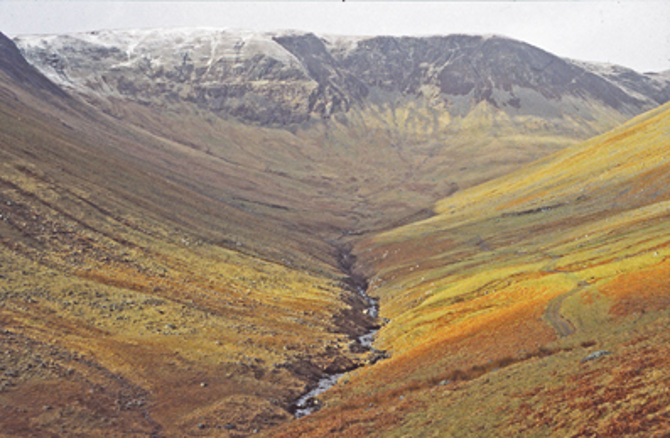
Back in 1999, the Carrifran Wildwood group planted over half a million trees to help revitalise Carrifran valley. The valley was left in a poor state due to hundreds of years of sheep nibbling.
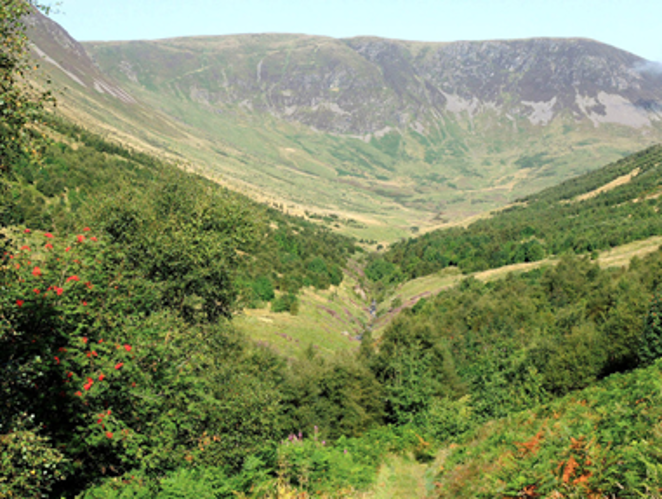
Today, the bare hills transformed into rich and colourful woodland, which is now home to a variety of wildlife. It has also attracted plenty of tourists.
2. Knepp Castle Estate
In 2001, Charlie and Isabella Burrell let go of their ploughs and let nature take over their 3,500-acre unprofitable arable and dairy farm. Fertiliser overuse had left Knepp Castle Estate in Sussex lacking in biodiversity.
Gaining the support of Natural England Higher Level Stewardship Scheme, the Burrells focused on regeneration and restoration projects with less intensive farming involved.
Today, Knepp Castle Estate is home to dense, thorny scrub and a host of wildlife including various mammals, birds, butterflies, and reptiles—all roaming free. Nightingale population also climbed, making Knepp estate as one of the densest areas for the songbird in the UK.
It is now also profitable via its Safari campsite, properties for rent, wildlife tours, and production of high-quality meat.
3. River Wandle
It’s not only in the countryside where you can see rewilding efforts.
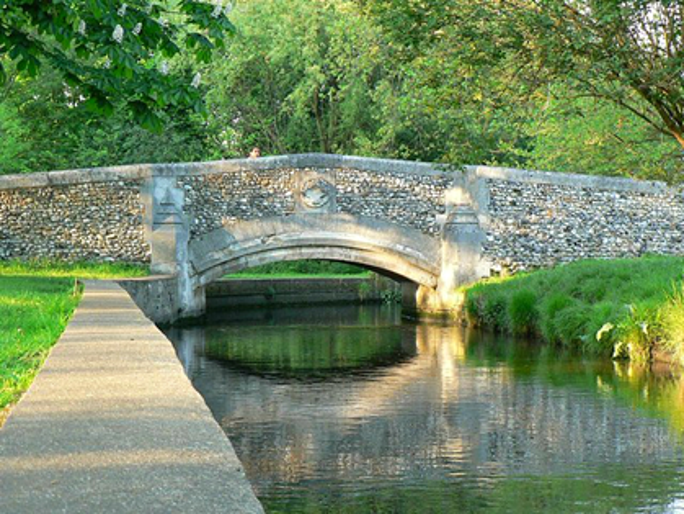
The river Wandle, which flows through south London, used to be an urban sewer—bleach, dyes, and rubbish contaminating its waters. Headed by The Wandle Trust, the river is gradually being restored to a chalk stream, which will then be home to various wildlife. Every month, the organisation conducts activities such as litter picking, recreating passages for eels to migrate, raising trout and restocking the river with them, among others. Help from the local community, including the children, is integral to this urban project.
4. Northern Forest
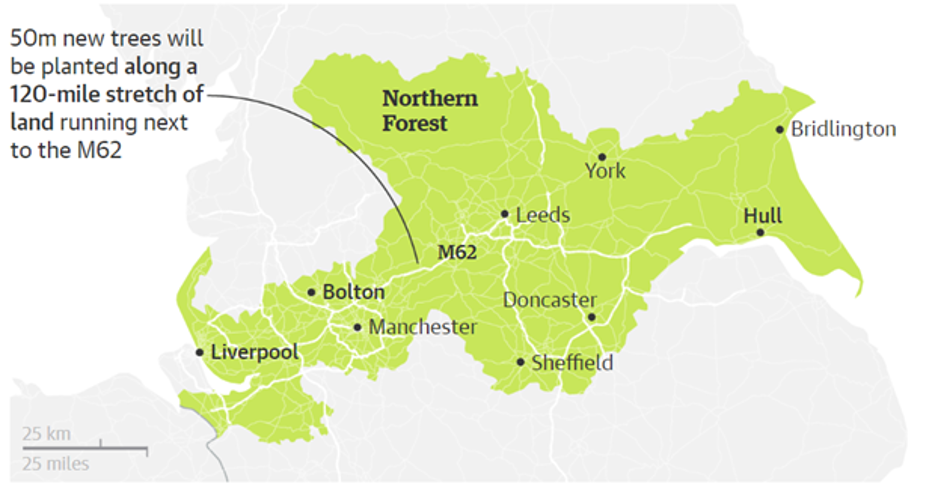
Woods and forests in the UK have also seen a sharp decline over the past years, which causes significant economic and environmental impact to the country. To restore forest cover in the country, the government unveiled its plans of covering Northern England—from Liverpool to Hull—with 50 million trees. The entire project is estimated to cost £500 million over the next 25 years.
Led by Woodland Trust and a pledge of £5.7 million from the government, this project aims to provide new homes to wildlife, as well as boost local economy by £2 billion through jobs, tourism, property value increases, and reduced flood risks. Climate-wise, these trees will lock up an estimates 8 million tonnes of carbon.
5. The Welsh Uplands
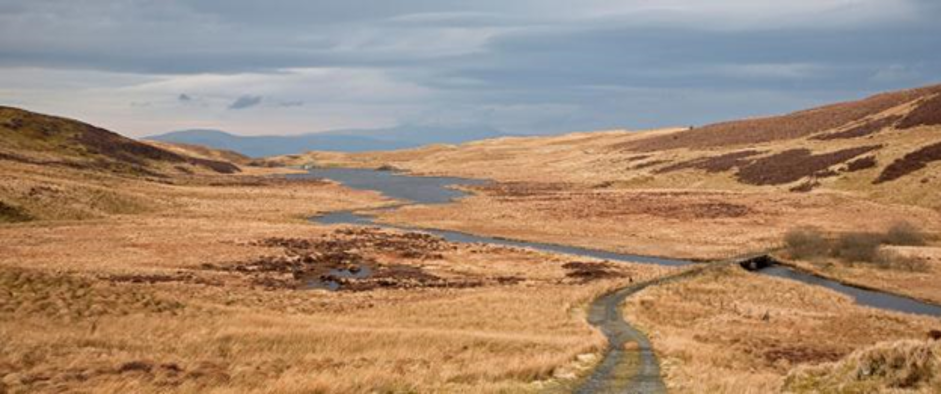
Led by the Pumlumon Project, the 40,000 hectare Welsh Uplands is going to be transformed into a sustainable habitat.
In collaboration with farmers and landowners, the organisation has completed various successful projects that have improved the biodiversity of the area and provided socioeconomic benefits to its communities. This includes changing grazing patterns of sheep and cattle herds, maximising farming yields, planting native trees (for habitat formation and flood prevention), and tourism.
Giving Nature Another Chance
All these environmental organisations involved in rewilding projects recognise the challenges, especially that of engaging with local communities and farmers, many of whom have been working the land for generations. However, when done right, these initiatives provide real economic opportunities in both rural and urban areas, as well as helping to undo centuries of damage to the countryside of Great Britain.
